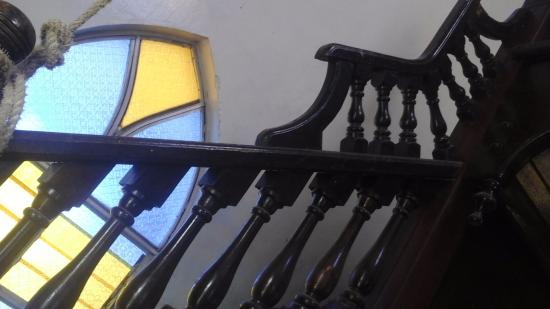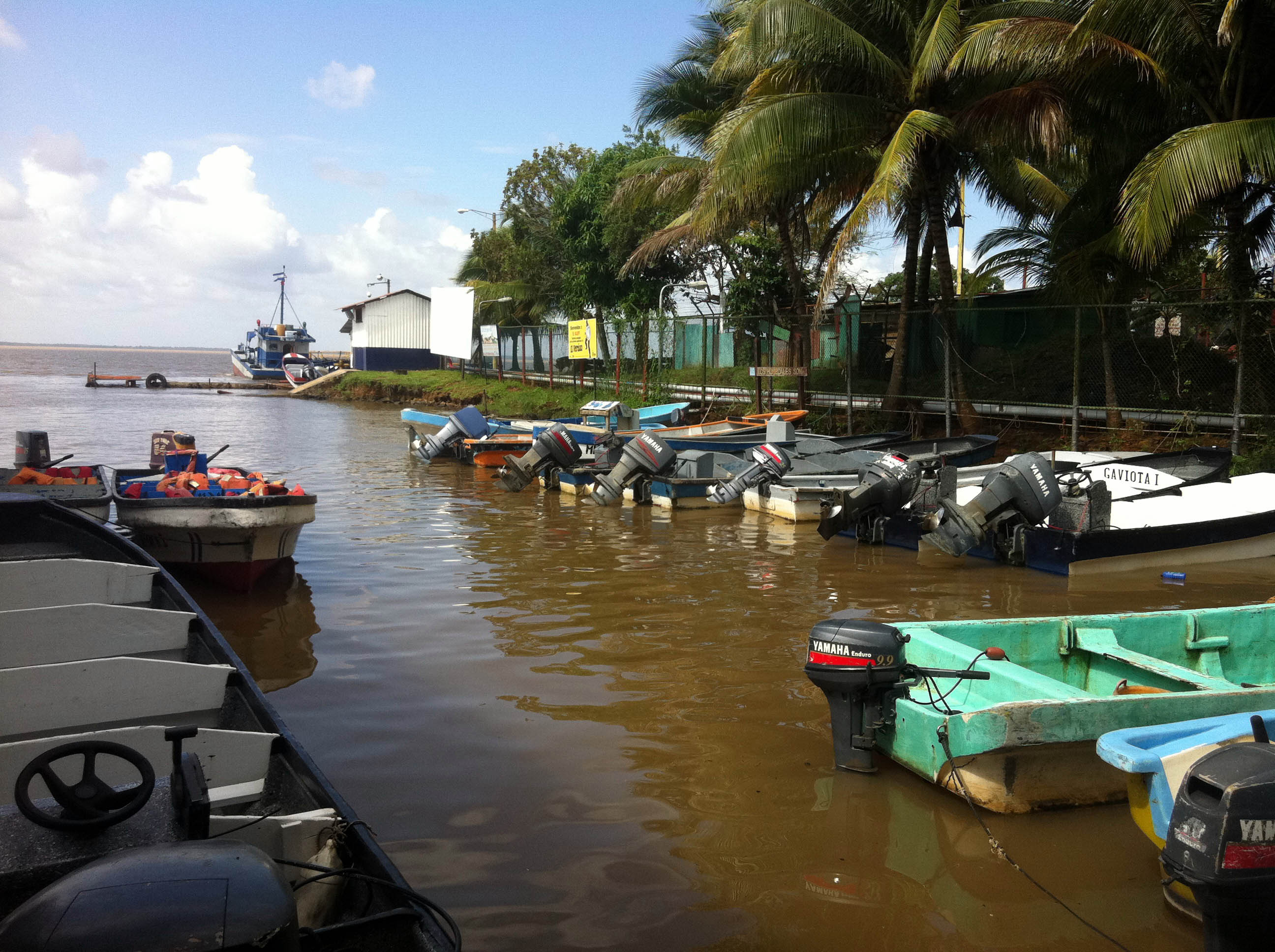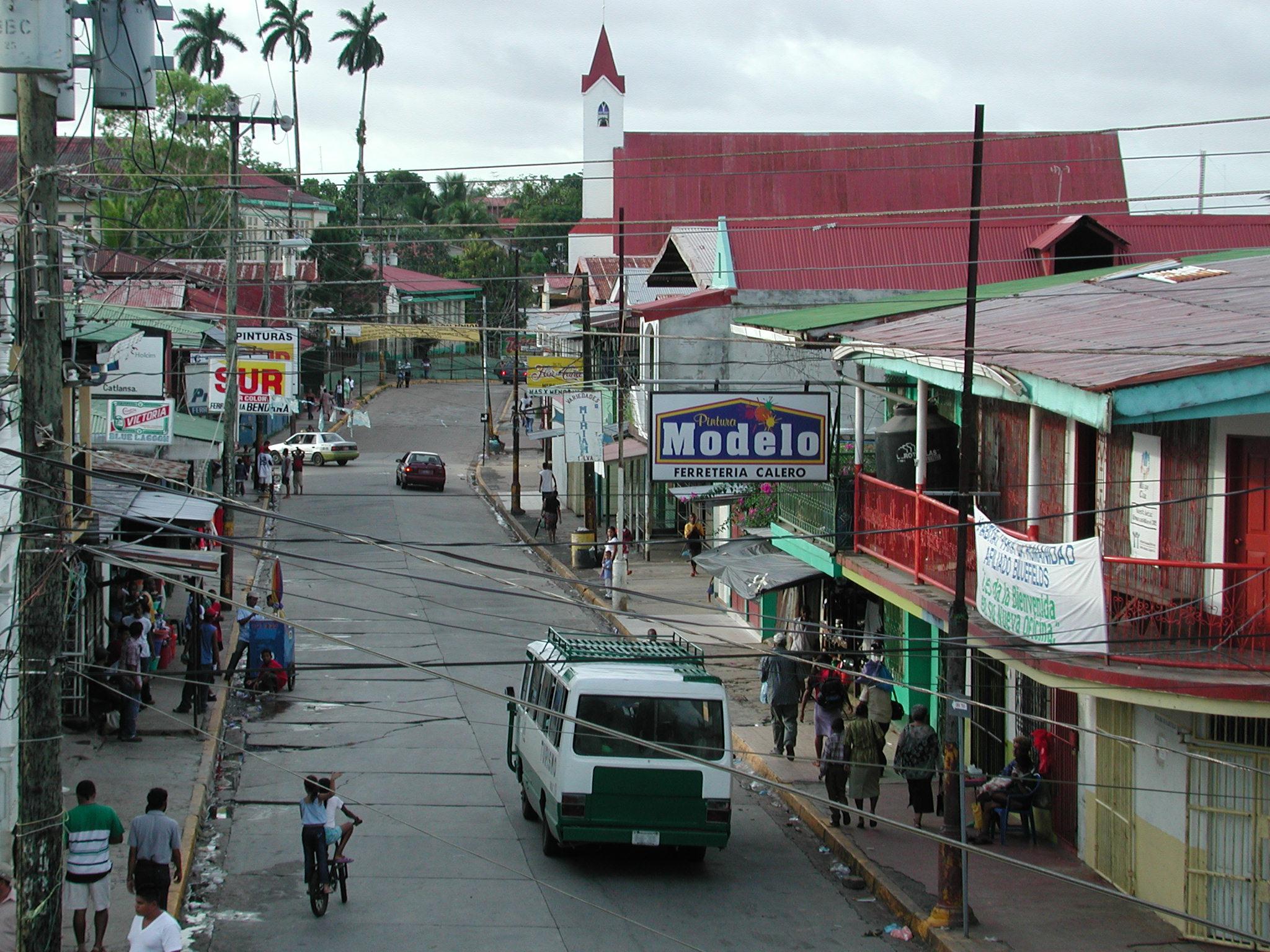Alternative Names - Nicas; formally known as the Republic of Nicaragua.
Bluefields



Identification. Officially identified as the Republic of Nicaragua, the origin of the country's name is attributed to more than one source. According to one story, it was Nicarao, an indigenous chief at the time of the Spanish invasion, for whom the Spaniards named their conquest. Nicarao is a Nahuatl name, Nahuatl being the language of the Aztecs. A related story traces the origin back further, saying that chief Nicarao took his name from his own people, who derived the name based on the geographic location of their land. Nicaragua may be a combination of nic-atl-nahuac meaning "next to the water" in the Arawak language.
Regardless of the origins of the country's name, the people's pride rings out in the national anthem which begins "Hail to thee, Nicaragua," in acknowledgment of the country's independence from its centuries of colonizers.
Location and Geography. As the largest country in Central America with an area of 51,000 square miles (129,494 square kilometers), Nicaragua is about the size of New York State. The country is bounded by the Pacific Ocean and Caribbean Sea, with Honduras bordering it at the north and Costa Rica at the south. Nicaragua has three major geographic regions: the Pacific lowlands in the west, the Caribbean lowlands in the east, and the central highlands located between these two. Lake Managua and Lake Nicaragua are the country's largest lakes.
The climate varies more from elevation than from the seasons. Rainfall fluctuates greatly in Nicaragua and is seasonal; the rainy period runs from May through October. The Caribbean lowlands are the wettest section of Central America, receiving between 98 and 256 inches (250 and 650 centimeters) of rain annually. The east receives heavy annual rainfall and can even see serious flooding during the rainy season, while the west is drier year-round.
Demography. The Nicaraguan government has not conducted a national census since 1971, although since then it has collected demographic data through periodic sample surveys of the population. In 1990, an estimated 3.87 million people lived in Nicaragua. The population in 1993 was estimated at 4.08 million. Population growth rates have soared, and the median age is only about fifteen since so many adults were lost in the revolution and then in the hurricane of 1998. The population density in 1990 was 83 persons per square mile (32 per square kilometer), making it the lowest in Central America aside from Belize. The population is 55 percent urban, with most people concentrated in the Pacific lowlands because of the fertile land there. The Caribbean lowlands are more sparsely settled.
Linguistic Affiliation. When the Spaniards landed in western Nicaragua in the early 1500s, they encountered three main tribes each led by a chieftain, each with its own culture and language. Spanish is now the official language of Nicaragua and is spoken by more than 70 percent of the population. Most Spanish speakers live in the Pacific lowlands and central highlands. Grammar and usage follow Central American forms, which has some distinct differences from formal Spanish. The British presence in Nicaragua introduced many English words to the Spanish speakers, particularly in western Nicaragua. Likewise, American slang from the periods in which U.S. Marines occupied Nicaragua has made its way into the vernacular of Spanish speakers.
The Creoles, the black people of the Caribbean region, are the descendants of colonial-era slaves, Jamaican merchants, and West Indian laborers. The Creoles are English-speaking, although many speak Spanish as a second language. Indigenous peoples of the Caribbean lowlands, the Miskito, Rama, and Sumu, preserve their own tribal languages. However, the English-speaking Miskito have resisted being absorbed into the Spanish culture. They refer to Spanish-speaking Nicaraguans as "los Españoles" or "the Spanish," clearly differentiating themselves from their western compatriots. The Creoles share this resentment of the western Hispanic culture. Black Carib, also known as Garifuna language, is an amalgam of an Arawak language, African vocabulary, and some English additions.
Symbolism. Volcanoes dominate the landscape of Nicaragua, as well as the art and consciousness of Nicaraguans. A volcano is featured in the country's coat of arms that is centered on its flag. From most places in Nicaragua, you can look up and see one, two, or three volcano cones. The most notable formation is the twenty-five major volcanoes in a line that runs parallel to the Pacific coastline in western Nicaragua.



Art Galleries








Bluefiel



https://youtu.be/Bl2kdMWM9aI






https://youtu.be/jFs38xLt528
https://youtu.be/991CfbLaNy0
https://youtu.be/ennmRTw6na8
https://youtu.be/Bl2kdMWM9aI?list=RDBl2kdMWM9aI
Manauga


















